Floral blooms
in the desert
Exploring Chile's Atacama Desert

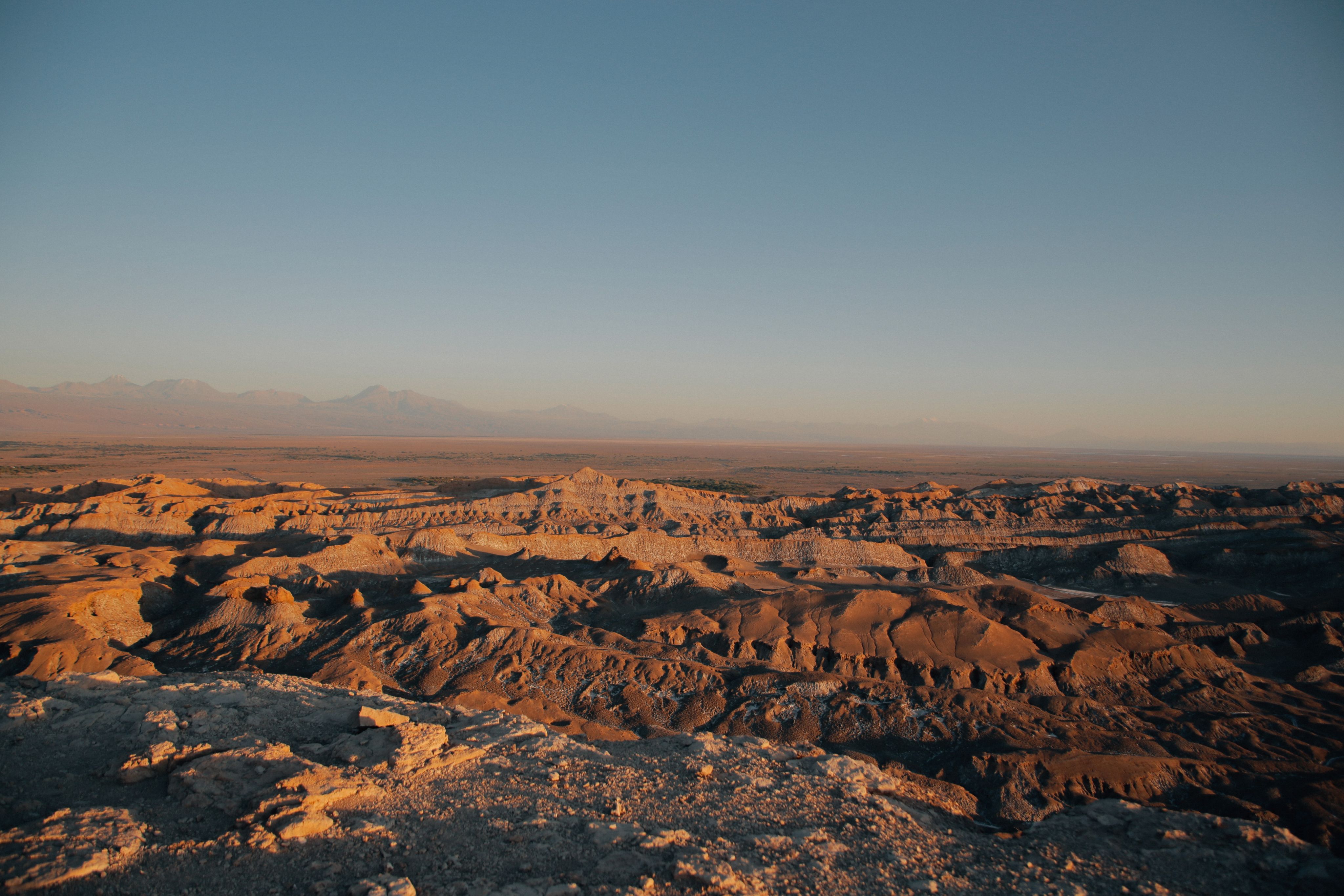
Aerial photography of the Atacama mountains.
Aerial photography of the Atacama mountains.
In the enchanting world of the Atacama Desert, vibrant floral blooms emerge amidst arid and barren landscapes. This seemingly inhospitable terrain is home to a remarkable variety of plant life, showcasing nature's resilience. Despite scarce rainfall and extreme temperatures, the Atacama Desert's unique microclimates offer niches for diverse species to flourish.
Stretching across parts of Chile, Peru, Bolivia, and Argentina, the Atacama Desert is one of the driest places on Earth. Yet, within this seemingly desolate environment, an array of botanical marvels awaits exploration. From towering giants like the Puya raimondii to delicate blooms like the Desert sunflower, each plant has evolved remarkable adaptations to survive and thrive in this challenging ecosystem.
These floral wonders provide a vivid testament to the tenacity of life. By conserving water, enduring scorching temperatures, and seizing brief periods of rainfall, these plants create awe-inspiring displays of colour across the desert. Join us on a journey to uncover the hidden stories, extraordinary adaptations, and ecological significance of the Atacama Desert's floral treasures, celebrating nature's ingenuity in the face of adversity.
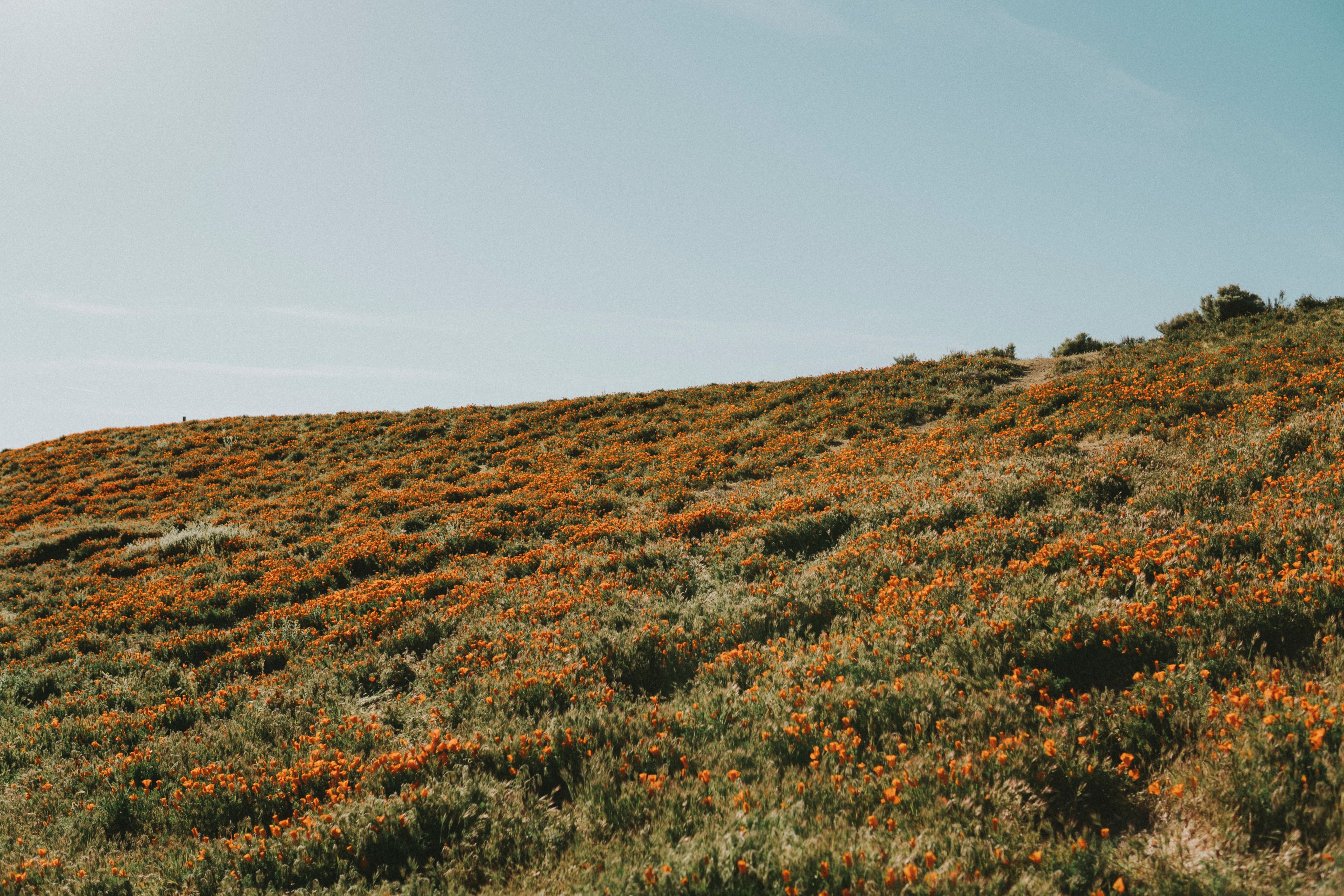
1.
Desert
in bloom

Nestled within the vast expanse of the Atacama Desert are the endemic species that have evolved to withstand extreme conditions. The Puya raimondii, known as the "Queen of the Andes," stands tall and proud, with towering inflorescences that can reach over 30 feet in height. These magnificent flowers, with their vibrant hues of orange and green, create an awe-inspiring spectacle against the desert's stark backdrop. It's a true testament to nature's ingenuity and adaptability.
The Desert sunflower (Geraea canescens) captures hearts with its radiant golden petals. These sun-loving blooms carpet the desert floor, transforming the barren sands into a sea of yellow during the springtime. The Desert sunflower's hardy nature allows it to flourish in the desert's dry environment, attracting a myriad of pollinators and bringing life to the seemingly inhospitable terrain.
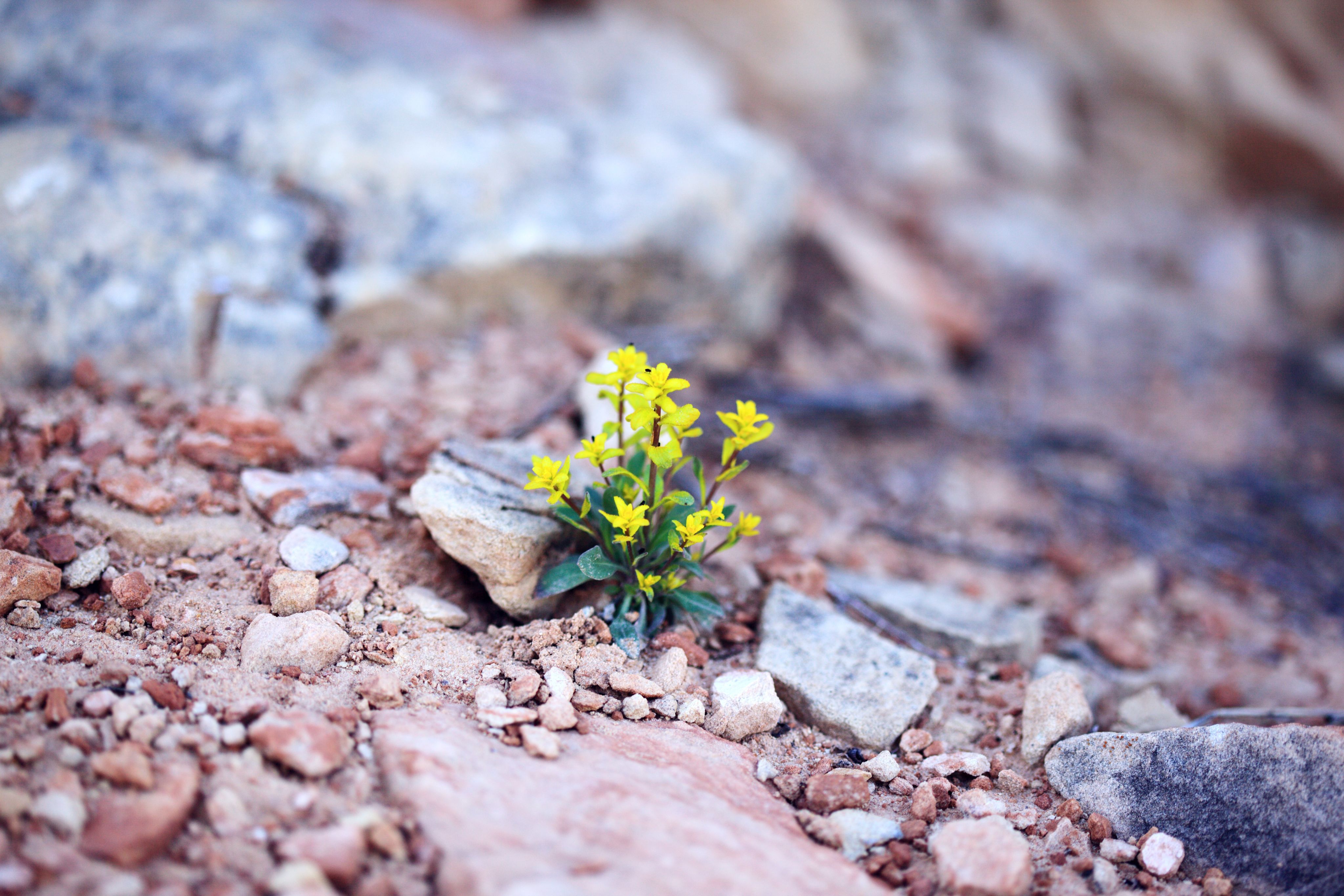
A little flowering plant growing from the sandstone.
A little flowering plant growing from the sandstone.
As we venture deeper into the Atacama, we encounter the extraordinary phenomenon of "flowering desert" or "desierto florido." This rare event occurs after periods of heavy rainfall, transforming the desert into a tapestry of colors. Vast fields of wildflowers, such as the stunning Rhodophiala rhodolirion, emerge from their dormant state, painting the landscape with vibrant reds, pinks, and purples. The floral extravaganza lasts for a fleeting period, reminding us of the ephemeral nature of life and the resilience of nature's creations.
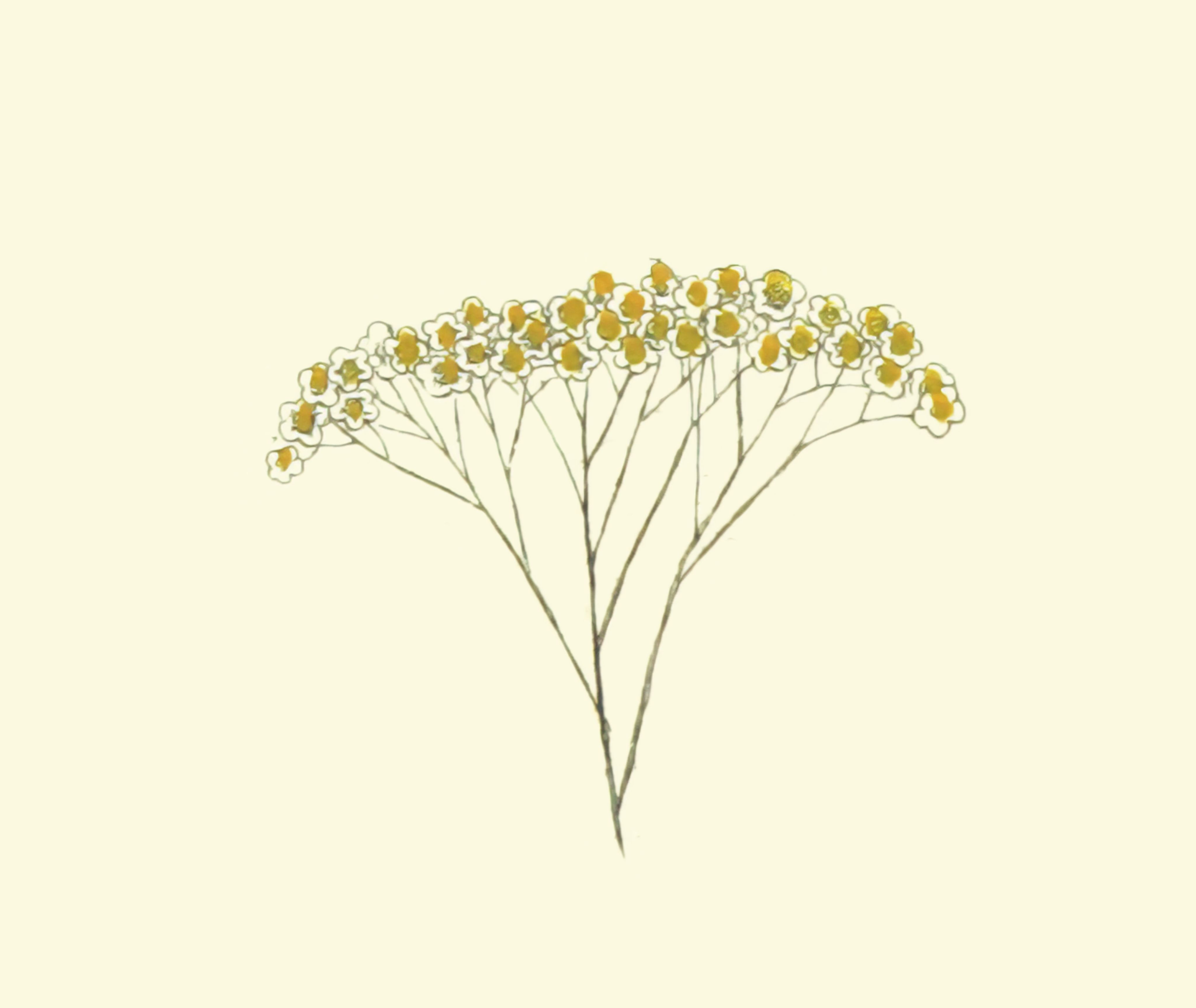
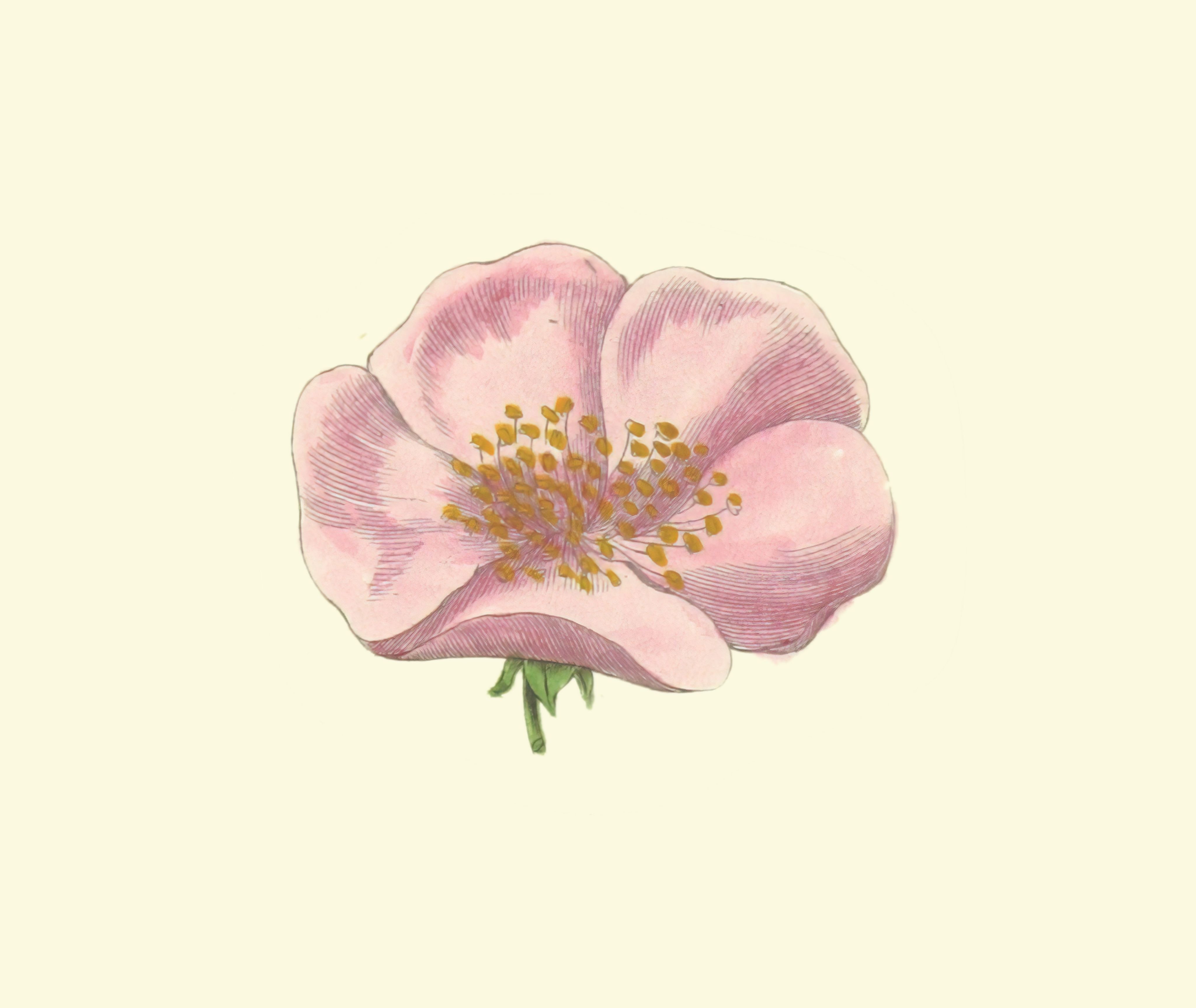
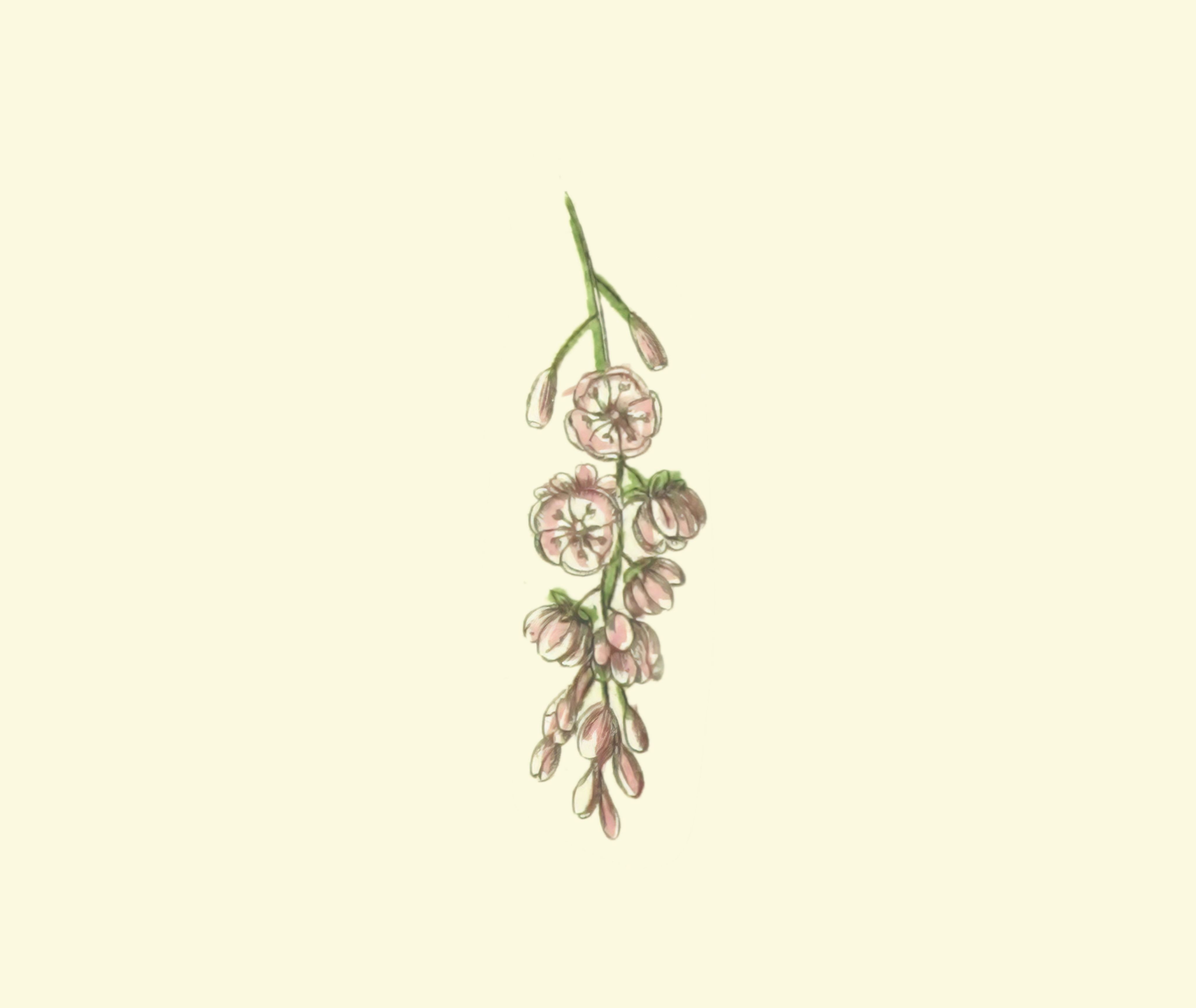
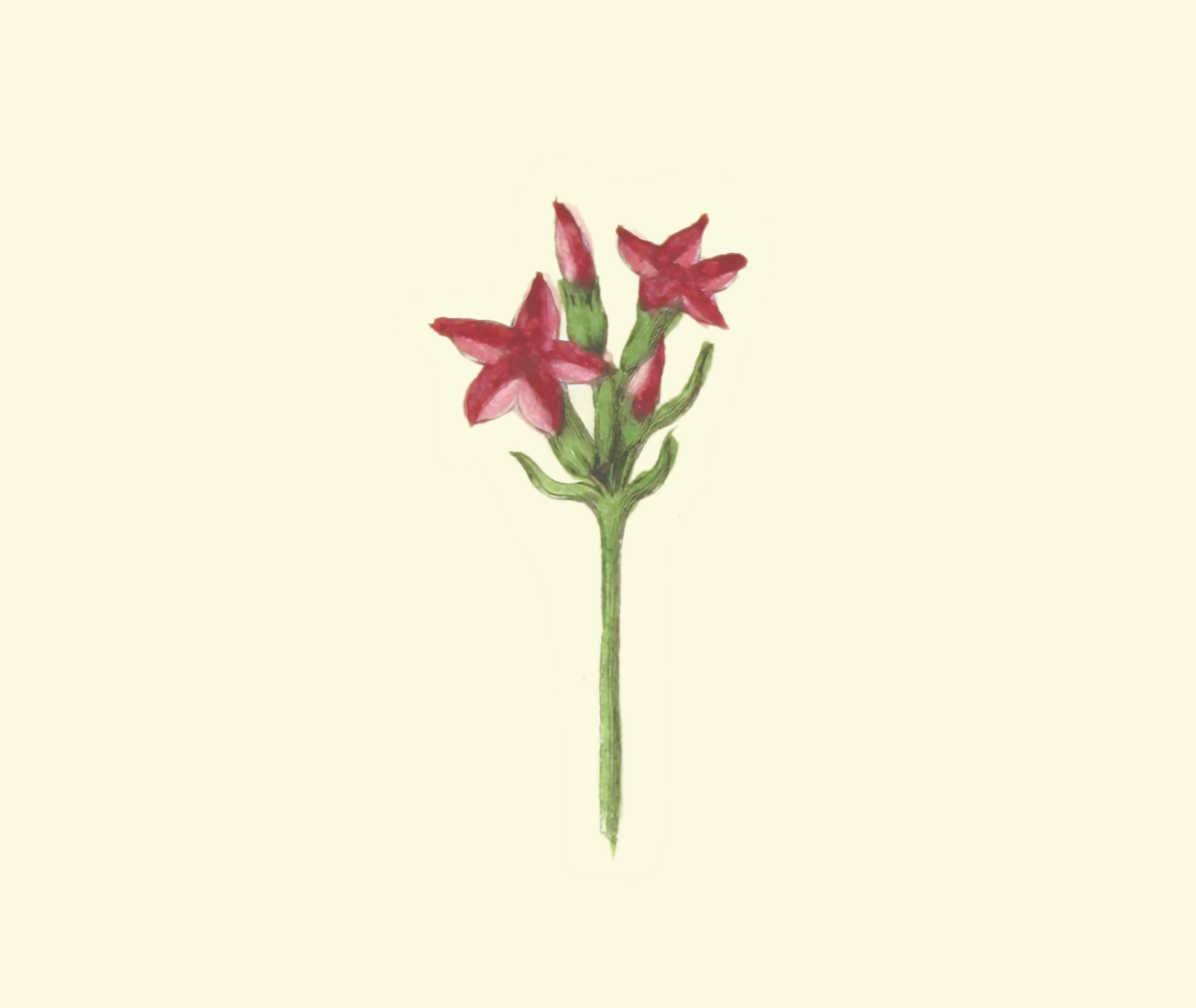
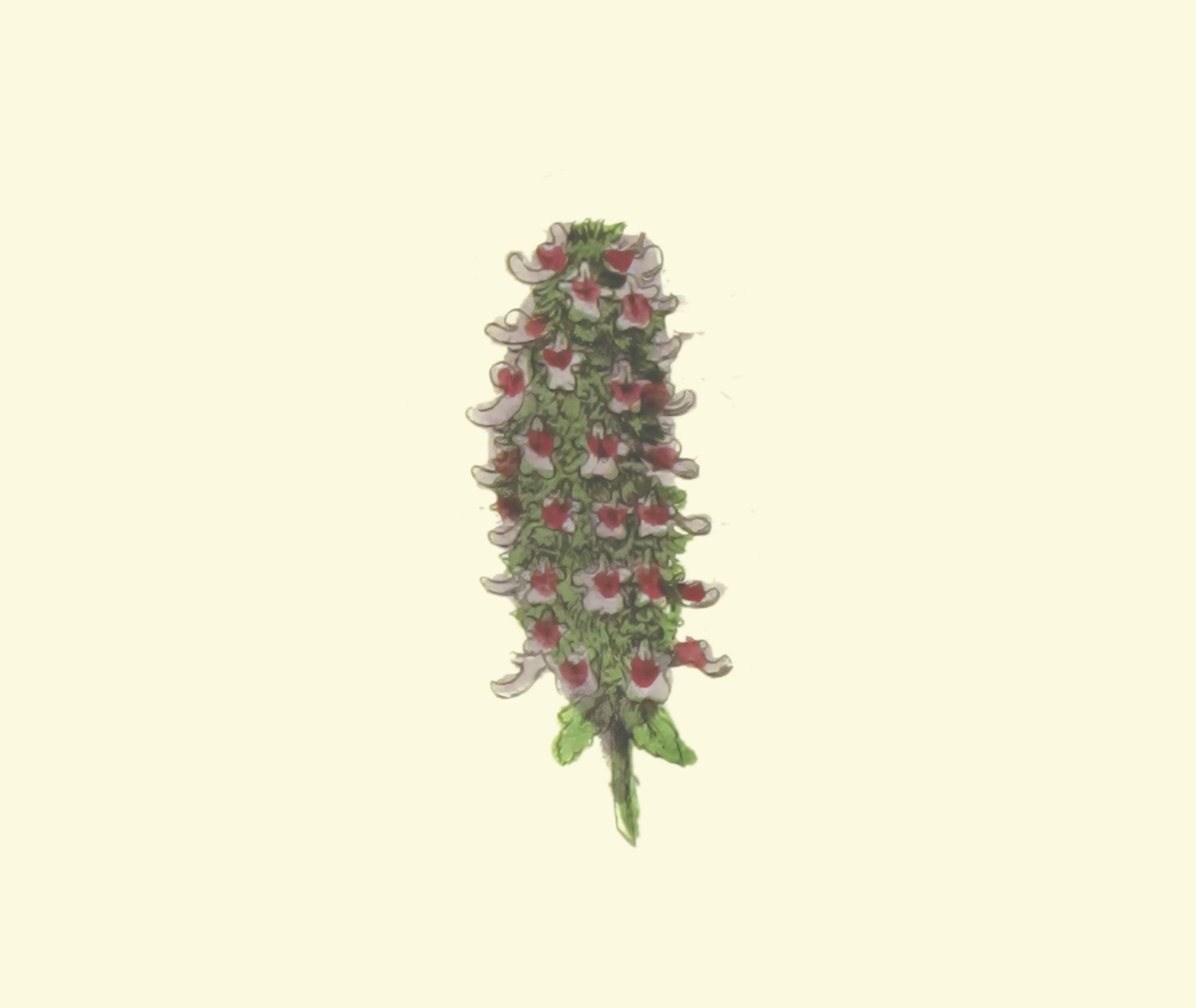

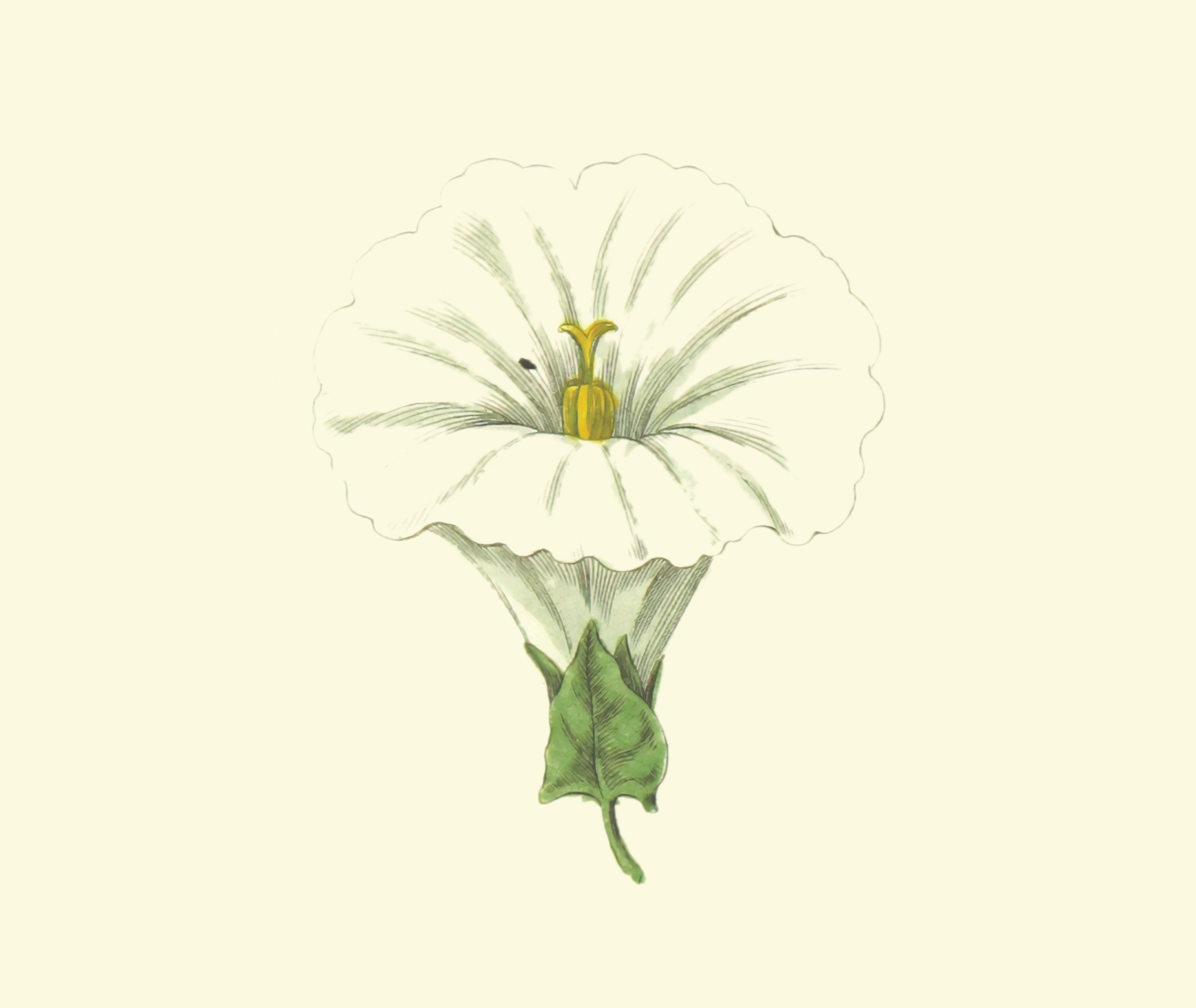
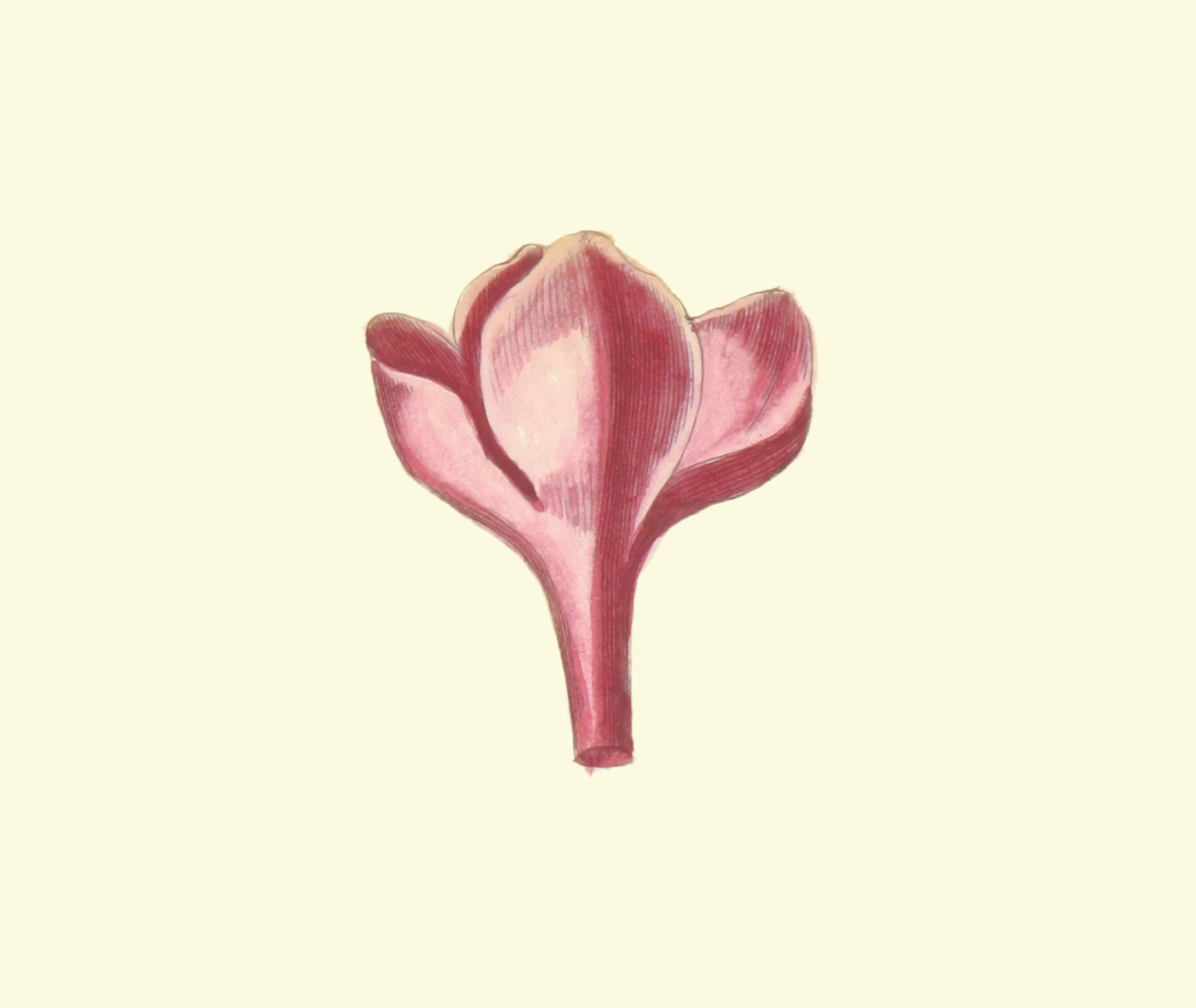
The Atacama Desert is also home to a unique group of cacti known as the Copiapoa. With their spherical shapes and intricate patterns, these cacti stand as silent guardians of the desert. Some Copiapoa species surprise with delicate pink or white flowers that bloom atop their spiny bodies, attracting desert insects and providing a rare burst of color in this otherwise muted environment. It's a testament to the harmony between plants and their surroundings, as they adapt to thrive in the harshest of conditions.
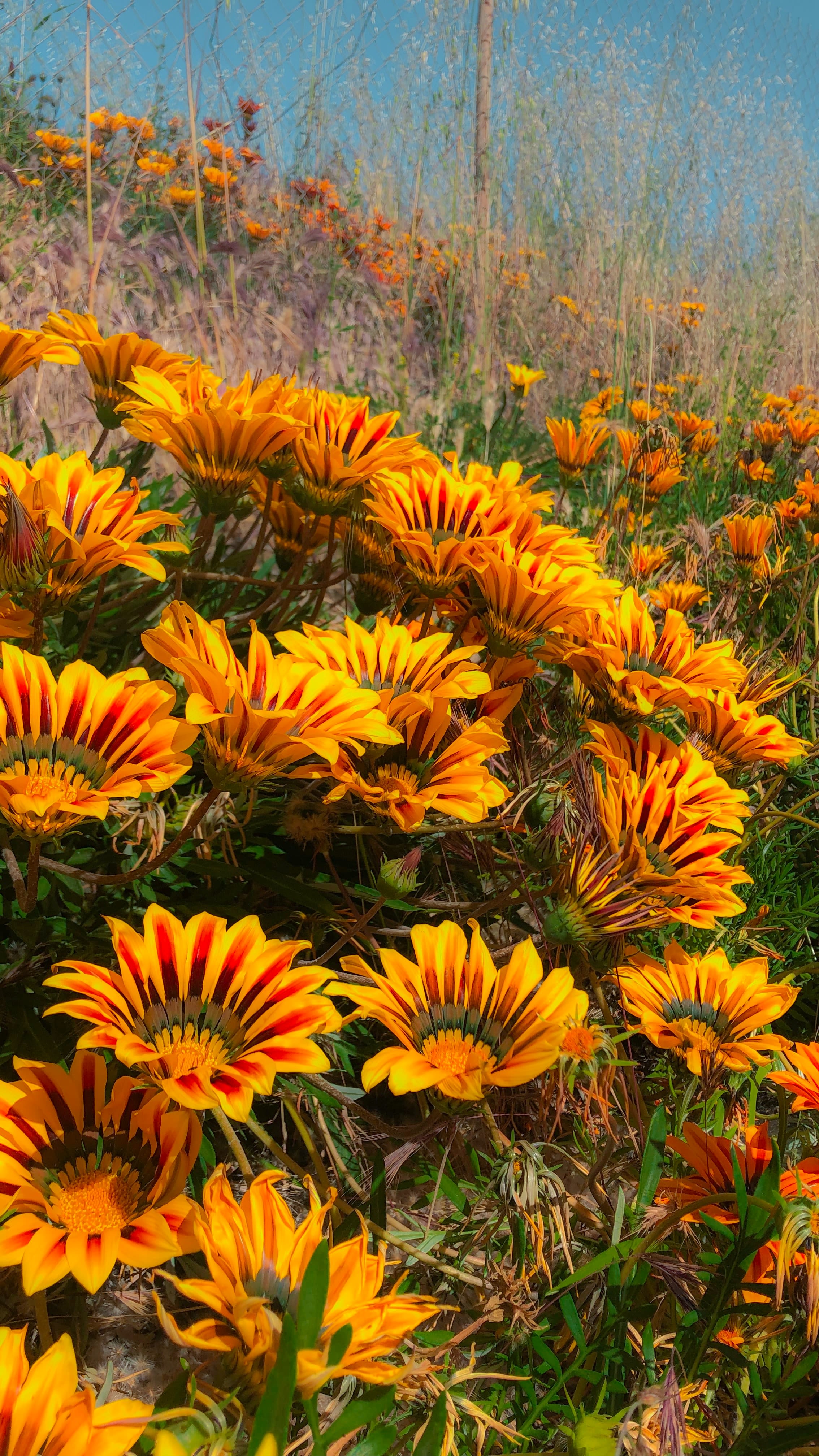
2.
Thriving
diversity

Embarking further into the captivating realm of the Atacama Desert, we encounter another mesmerizing floral wonder that defies the arid landscape. The Parodia leninghausii, an extraordinary cactus species, graces the desert with its vibrant magenta flowers during the summer months. Against the backdrop of rugged terrains and sun-soaked sands, these bursts of color add a surreal and captivating beauty to the arid surroundings.
The Parodia leninghausii, also known as the Lemon ball cactus, stands as a testament to nature's ability to thrive in the face of adversity. Its spherical shape, covered in clusters of fine spines, creates an enchanting display reminiscent of an otherworldly sculpture. When this resilient cactus blossoms, it transforms into a magnificent sight, showcasing a profusion of vibrant magenta flowers that stand out against the desert's muted tones.
Thriving in the extreme temperatures and limited water resources of the Atacama Desert, the Parodia leninghausii possesses remarkable adaptations that enable its survival. Its succulent nature allows it to store water within its fleshy stems, providing a reservoir to sustain itself during the prolonged dry spells. This exceptional ability to retain water ensures the cactus's resilience in the face of the desert's harsh and unpredictable conditions.
White-lined Spinx Moth
Hyles lineata
Yucca Moth
Tegeticula spp.
Black Witch Moth
Ascalapha odorata
While the flowering period of the Parodia leninghausii may be brief, its impact on the ecosystem is significant. The cactus provides nourishment and shelter for a diverse range of desert creatures, including small insects, reptiles, and birds. Its presence contributes to the intricate web of life in the Atacama Desert, highlighting the interconnectedness of species and the importance of each organism's role in maintaining the delicate balance of the ecosystem.
In a land where survival is a constant battle, the Parodia leninghausii stands tall as a symbol of resilience and beauty. Its ability to thrive amidst the harshest conditions and offer a spectacle of magenta blooms serves as a reminder of nature's capacity for adaptation and enchantment. As we behold the splendour of the Lemon ball cactus, we are reminded of the incredible diversity and wonders that nature has to offer, even in the most inhospitable corners of our planet.

3.
Seasonal
splendour

The Atacama Desert is a place of awe-inspiring floral beauty, defying the odds of its harsh and arid environment. From the towering inflorescences of the Puya raimondii to the golden carpets of the Desert sunflower, these blooms captivate the senses and showcase nature's ingenuity. The desert's "flowering desert" phenomenon reveals fields of wildflowers, such as the Rhodophiala rhodolirion, painting the landscape with vibrant colours during rare periods of rainfall.
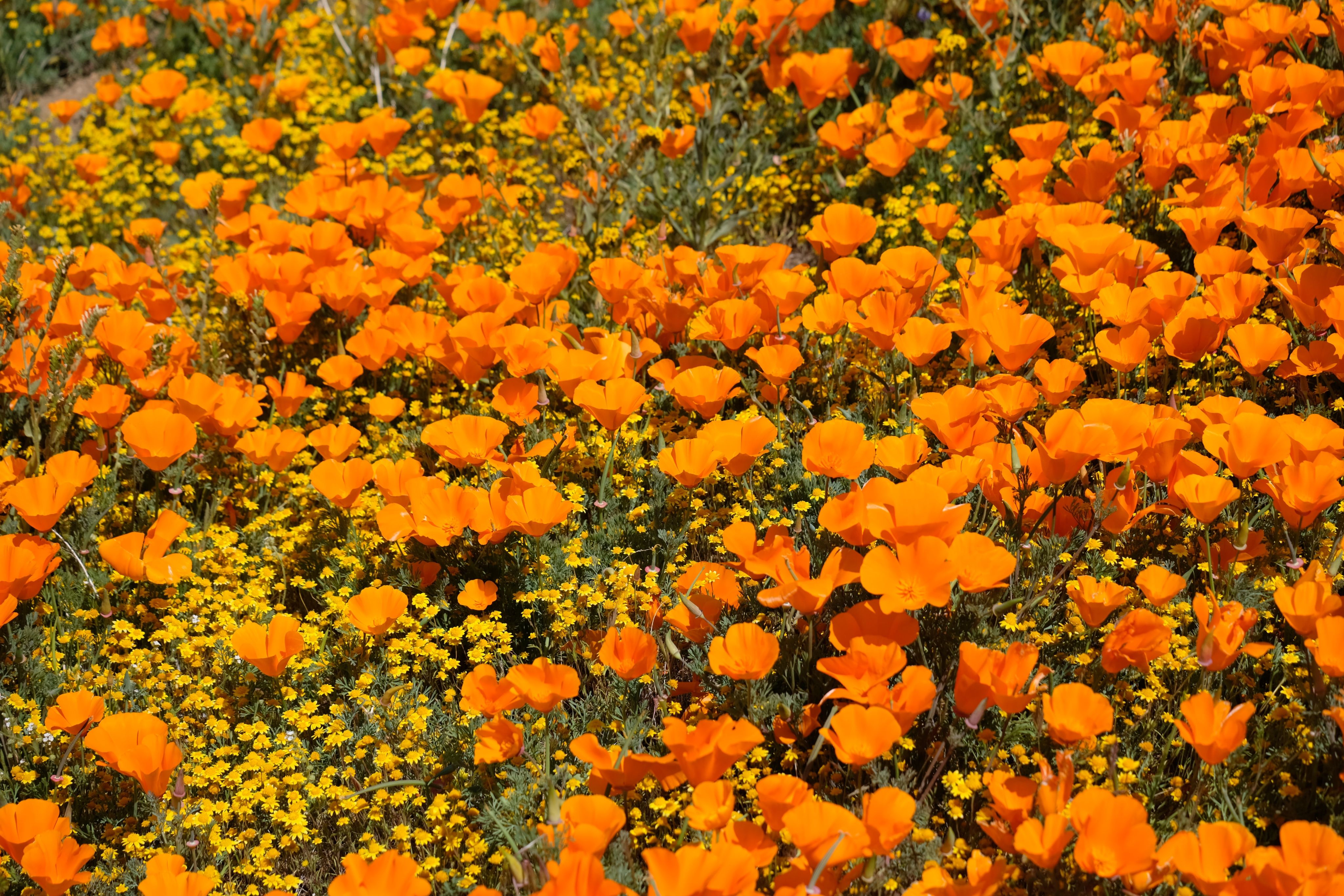
Orange petaled flowers.
Orange petaled flowers.
In the heart of the Atacama Desert, the Welwitschia mirabilis stands as a living testament to endurance, with its long-lasting presence and delicate flowers. Additionally, the Parodia leninghausii adds a touch of surreal beauty with its vibrant magenta blooms, defying the extreme temperatures of the desert. These remarkable plant species exemplify nature's ability to adapt, survive, and flourish against all odds in this extraordinary ecosystem. This journey has allowed us to witness the floral wonders that flourish in the Atacama Desert and celebrate the resilience and beauty of life in the most unexpected places.
Words: Author
Editor: Editor
Photos: Unsplash
Design: Designer
